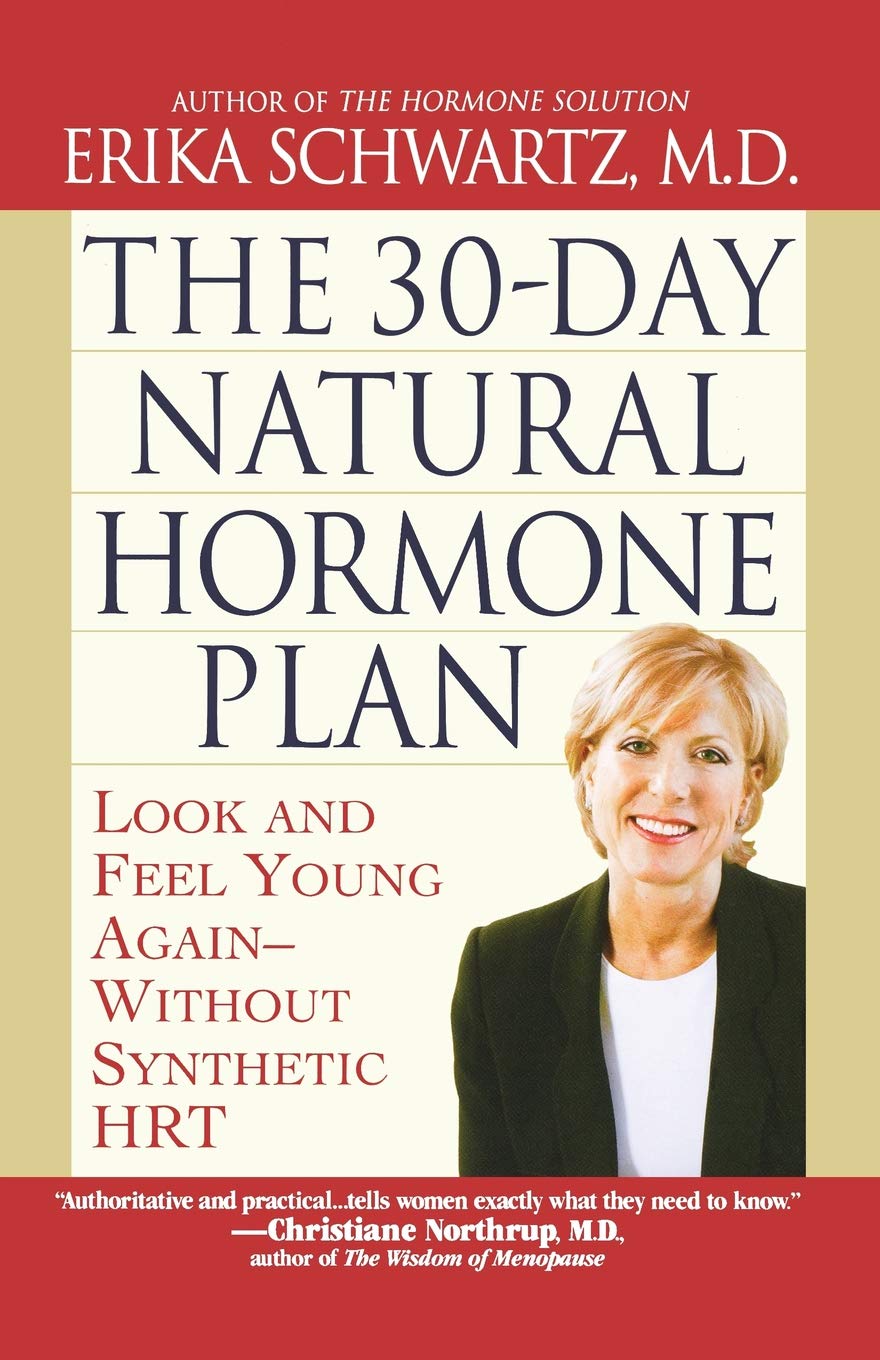There are basically two types of exercise that are important to health: aerobic (or cardio) and weight training. Exercise is aerobic if it increases your heart rate and makes the heart and lungs work harder to meet the muscles’ need for oxygen.
Weight training strengthens the muscles and increases lean muscle mass. It’s an example of anaerobic exercise, which does not need extra oxygen. Weight training is especially important as you get older because muscle tissue is 70 times more metabolically active than fat. The more muscle you have, the better you burn fat.
It’s difficult, if not irresponsible, to suggest a one-size-fits-all exercise plan. Much depends on your age and physical condition. There are, however, certain guidelines you can follow.
If you’re in your teens and early 20s, you should participate in a variety of team sports. Not only does this keep you in great shape, it’s great fun. This is the time to make exercise an integral part of your life. If you make being physically active something enjoyable, you’re more likely to continue the practice as you get older.
In your late 20s to 40s, when you have more work and family responsibilities, it’s often more difficult to make time for exercise. But this is a crucial time for physical activity, particularly if you are having children during these years and your hormones are undergoing major changes. This is the time to create a program of exercise that includes aerobics, weight training, and flexibility. Start every day with a 10- to 15-minute routine of strength building and stretching. If possible, do three aerobics workouts a week. Swim, play tennis, go hiking or biking. Try to make your socializing include physical activity (go on a bike ride with a friend instead of going out to lunch).
When we get older, the tendency is for inertia to take over. We don’t have as much stamina. If you don’t continue to build and maintain that stamina, you move less, and as you move less you get weaker. That’s why it’s so important to begin the exercise habit when you’re young and maintain it throughout your life. But be assured, it’s never too late to begin an exercise program. The key to exercising when you’re older, however, is patience. Older bodies require a significant amount of warm-up time. The start-of-the-day stretching and strength-building time should be increased to 20 minutes. Walk every day. Take Pilates or yoga classes that involve gentle routines with the goal of building your flexibility. Dance. Continue to do the physical exercises you did when you were younger. Just be sure to warm up sufficiently before you start, and to cool down afterward.
Each type of exercise addresses different parts of your physical being. The best way to maintain your health with vigor and energy is to address as many parts as possible. It’s like owning a car and keeping it in good condition. It’s important that you rotate the tires and keep them filled with the proper amount of air, but that doesn’t mean you can ignore the engine. Your car will keep getting you where you want to go only if you maintain every part of it.

Follow us here and subscribe here for all the latest news on how you can keep Thriving.
Stay up to date or catch-up on all our podcasts with Arianna Huffington here.


